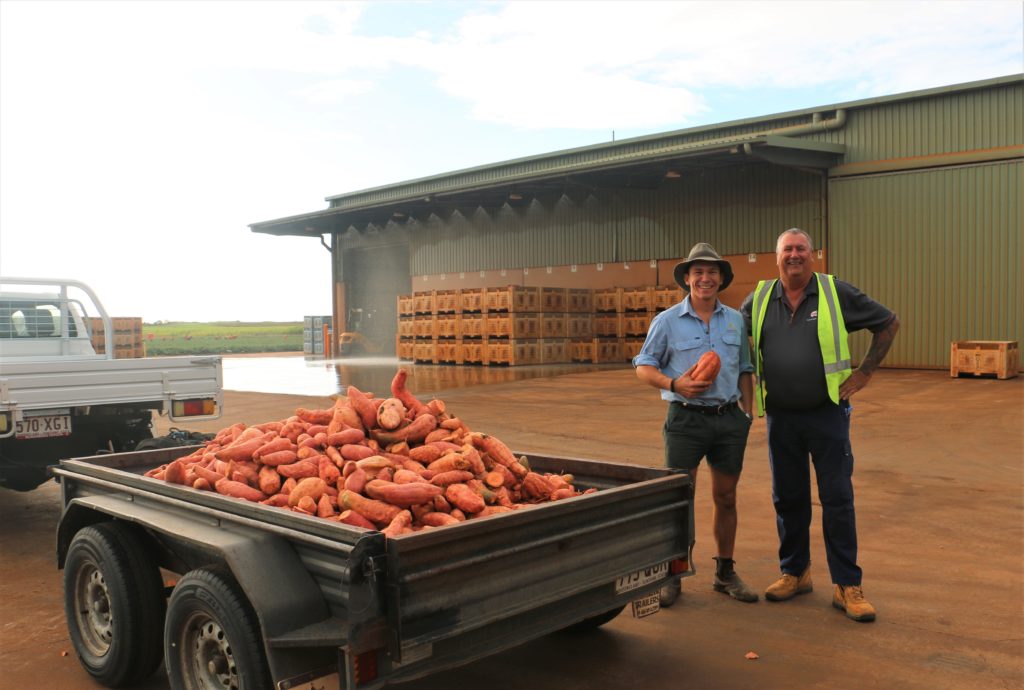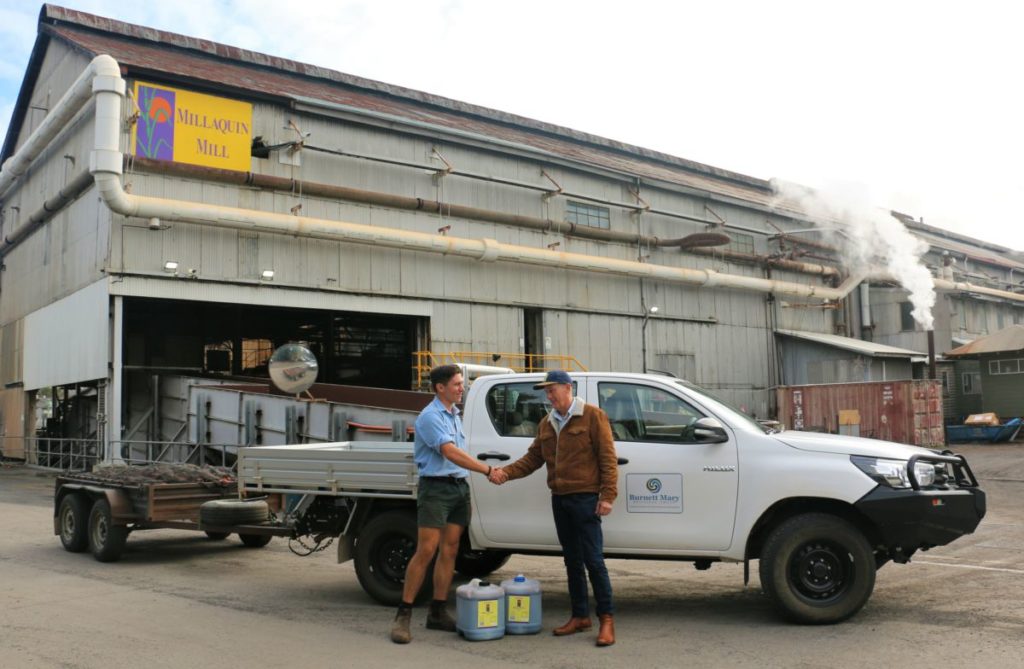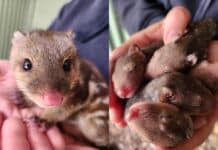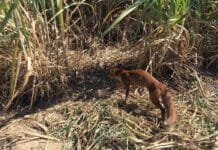
Bundaberg Region businesses are supporting conservation efforts to save the endangered white-throated snapping turtle, which is found in the Burnett River.
The Australian Government Environment Department says the species is critically endangered.
It's one of the largest short-necked freshwater turtles in Australia, growing up to 42cm long.
Bundaberg Sugar and Greensill Farming Group have given support to Burnett Mary Regional Group to conserve the rare turtle, which was only recognised as a separate species in 2006.
The white-throated snapping turtle is only found in the Burnett, Mary, Fitzroy and Raglan rivers.
Populations have been steadily ageing over the past few decades because of the poor survival rate of young turtles.
Nest trampling by cattle and egg predation by foxes, feral pigs and goannas are the primary causes of this significant decline.
Now, thanks to a joint project between the Burnett Mary Regional Group (BMRG) and Fitzroy Basin Authority (FBA), the white-throated snapping turtle is being given a chance to fight back.

The project includes feral animal control, weed removal and treatment, cattle exclusion fencing and installation of predator exclusion devices in priority turtle nesting areas along the Burnett River.
Bundaberg Sugar and Greensill Farming Group have donated molasses and sweet potatoes – a sweet and heady mix for luring and trapping feral pigs.
Gidarjil Development Corporation, the Department of Natural Resources Mines and Energy and local landholders are also working with BMRG to identify nest sites and carry out on-ground protection activities.
BMRG’s project officer Laura Sutton said the collaborative approach was vital to success.
“The protection and conservation of our endangered species is a community-wide responsibility,” Laura said.
“The support and enthusiasm of the community is greatly appreciated.”
With the assistance of Gidarjil rangers, BMRG will closely monitor the results of this project and is confident of a positive outcome.
The Department of Environment and Science says the white-throated snapping turtle breeds during autumn and winter.
“Most turtles lay one clutch per year (average 13 eggs), digging a shallow nest in a sloping river bank. Hatchlings emerge in December or January after an incubation period of around 24 weeks. These turtles may not breed in a year when food is scarce.
“The white-throated snapping turtle is mainly a herbivore, eating a range of aquatic plants. Its diet also includes fallen fruit (eg native figs) and occasionally aquatic insects, molluscs (eg snails) and even small cane toads.
“These turtles can dive for up to three hours, absorbing oxygen under water through their cloacal bursae (ie breathe oxygen through its anus).”
- Krefft’s turtle goes for a stroll

- BMRG releases Gully Erosion Guide







